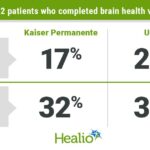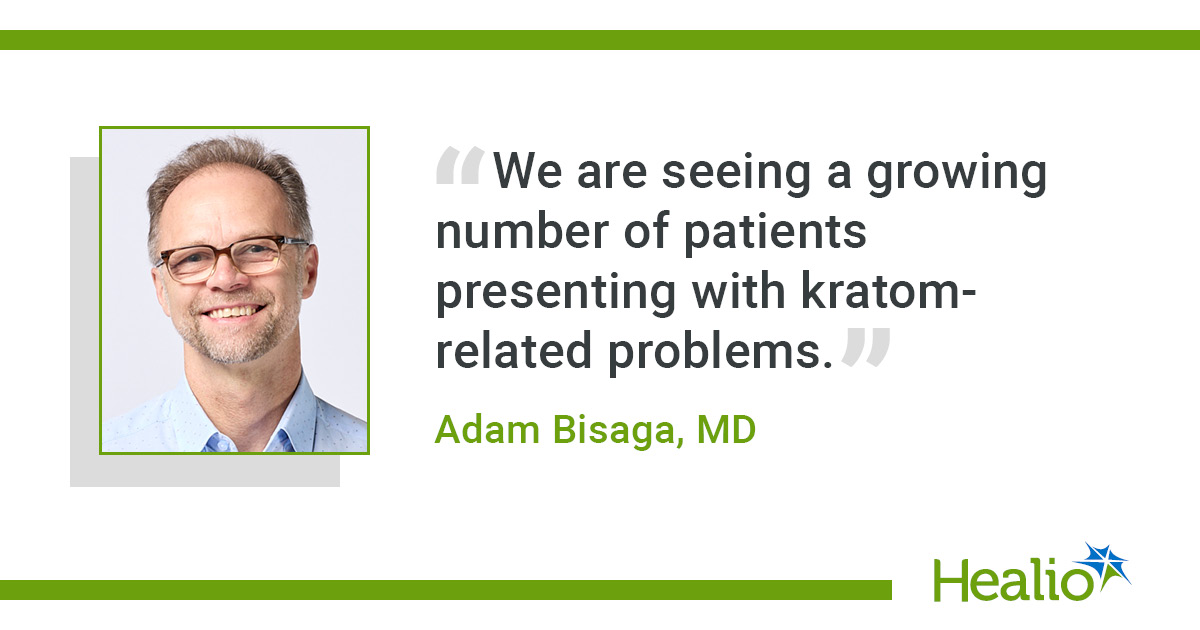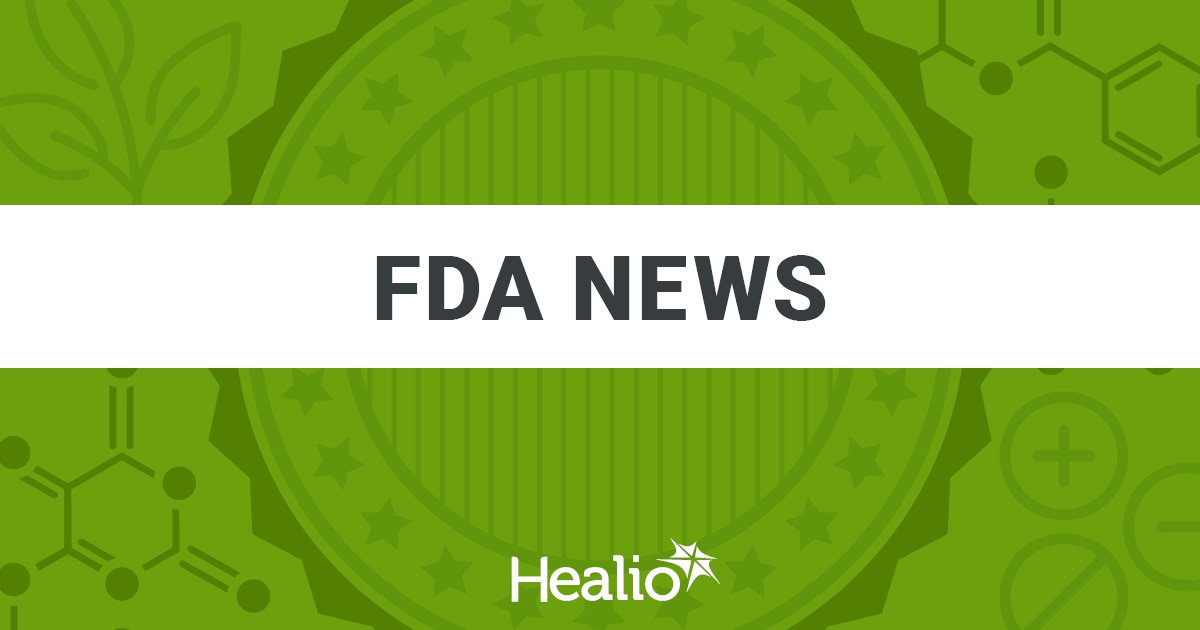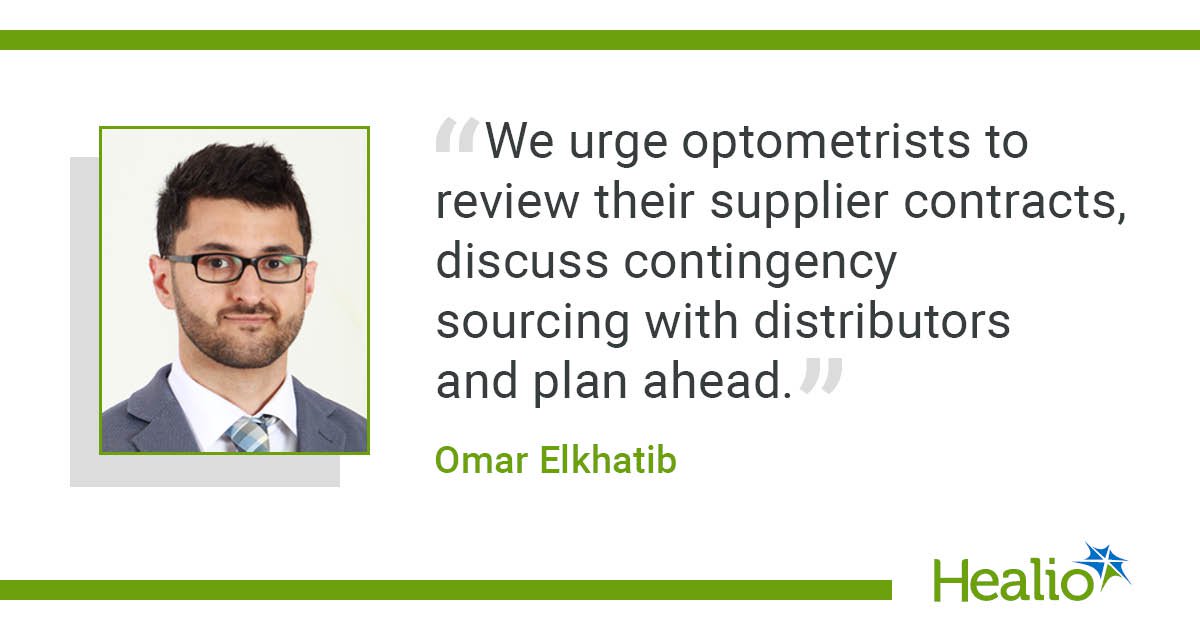August 08, 2025
3 min read
Key takeaways:
- Health care providers must assume a proactive role in reducing harm from 7-OH.
- This includes prioritizing patient education, implementing screening protocols and offering or referring patients to treatment.
The FDA recently proposed scheduling synthetic and concentrated forms of 7-hydroxymitragynine, or 7-OH, under the Controlled Substances Act.
This represents an important step in balancing public health protection with recognition of the potential therapeutic benefits of the kratom plant in its natural form.

What is 7-OH?
Unlike raw kratom leaf, which contains little to no 7-OH, kratom extracts and concentrates are highly processed products, often engineered to amplify potency through elevated levels of 7-OH, and sometimes added synthetic 7-OH. These formulations substantially differ in pharmacologic and abuse profiles from the traditionally used plant. There are currently no FDA-approved therapeutic uses for 7-OH, and the agency has made it clear that it is unlawful to include it in dietary supplements or conventional foods.
There is convincing preclinical evidence that 7-OH acts as a partial agonist at the mu-opioid receptor and, at sufficiently high concentrations, produces clinically significant opioid effects. Therefore, it is not surprising that individuals who regularly consume 7-OH-containing products may develop tolerance (rapidly escalating amount and frequency of consumption) and opioid physiological dependence (withdrawal symptoms upon cessation). In addition, some of those individuals may display behavioral problems consistent with opioid use disorder (OUD). Alarmingly, none of this relevant health information — the information about the dose and risks — are included on the product labeling.
As regulators act, health care providers must also assume a proactive role in reducing harm. This includes prioritizing patient education, implementing screening protocols to identify problematic use, and offering or referring for treatment when individuals develop adverse consequences related to chronic use of these products.
Patient education
7-OH, especially at higher doses, produces effects similar to prescription opioids, yet is readily available over the counter — often without age restrictions — in fruit-flavored gummies, shots and other formulations, which leads to unmeasured and excessive dosing. Concentrated preparations are commonly sold in gas stations and vape shops, frequently without accurate or transparent labeling. During routine care visits, providers should ask about the use of kratom or related products and educate patients on the risks. Patients should understand that even products labeled as “kratom” may contain significant quantities of 7-OH, that there is no standardized dosing, and that tolerance, withdrawal and addiction can develop insidiously with unregulated use.
Screen for problematic use and link to care
Given 7-OH’s affinity for the mu-opioid receptor, it has the potential to induce OUD, particularly in individuals with a history of substance misuse. When patients report using kratom or “wellness gummies,” clinicians should assess for signs of problematic use using brief validated tools such as The Tobacco, Alcohol, Prescription medication, and other Substance use tool (TAPS) or Diagnostic and Statistical Manual of Mental Disorders, fifth edition, (DSM-5) criteria. Clinicians should ask about cravings, signs of tolerance and withdrawal, health or social consequences, failed attempts to cut back, and concerns expressed by others. When criteria for OUD are met, clinicians should offer evidence-based treatments such as buprenorphine or facilitate timely referral to addiction treatment specialists. Pharmacologic treatment remains the strongest predictor of sustained recovery, whereas unassisted cessation is rarely effective in cases of established OUD.
In the telehealth-based OUD treatment program I co-lead, we are seeing a growing number of patients presenting with kratom-related problems, most often involving high-potency extracts rich in 7-OH. While some patients struggle with uncontrolled use of kratom plant, most develop significant issues only after switching to concentrates, at which point problems develop rapidly, typically over just a few months. The highest risk appears to be among individuals with prior opioid misuse. These patients often escalate their use to multiple times daily and experience severe withdrawal when they attempt to quit. Many are understandably very upset to learn that these products are legally sold with minimal warning or oversight. Fortunately, these individuals generally respond well to evidence-based treatment, usually a combination of buprenorphine and medical counseling. They are able to stabilize rapidly, stopping 7-OH use and experiencing improvements in physical and mental health. Most require moderate doses of buprenorphine (8–20 mg/day), indicative of substantial physiological dependence similar to that seen with prescription opioids.
What can providers do?
While regulating dangerous kratom derivatives is essential, we should not overlook the potential therapeutic value of kratom’s primary alkaloids. In traditional settings, kratom has long been used for pain relief, enhancing mood and energy, and alleviating fatigue. It may also be useful for treatment of OUD, mood and anxiety disorders. Scientific and clinical research continues to explore these potential indications.
Providers can support responsible innovation by reporting adverse events, publishing case reports sharing their clinical experience with peers, participating in clinical research, and advocating for regulatory pathways that allow for the development of rigorously tested kratom-based therapeutics, while ensuring tight control over unregulated products with significant public health risks.
References:
For more information:
Adam Bisaga, MD, is a research scientist at New York State Psychiatric Institute and professor of clinical psychiatry at Columbia University Vagelos College of Physicians and Surgeons. He can be reached at adam.bisaga@nyspi.columbia.edu.










